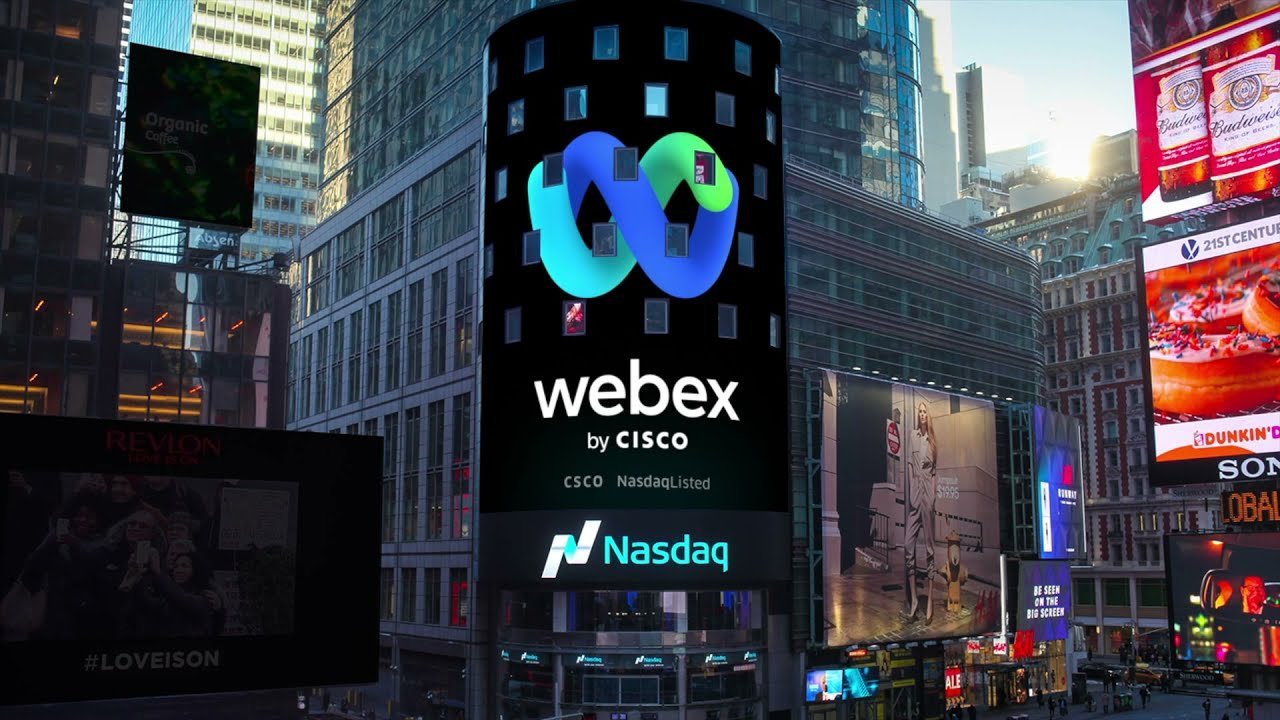What is Targeted Advertising
Understanding Targeted Advertising
Targeted advertising has become an essential strategy for media agencies looking to maximize the impact of their clients' campaigns. By leveraging data-driven insights and advanced technologies, targeted advertising allows marketers to deliver personalized messages to specific audiences, thereby increasing relevance and effectiveness.
Targeted advertising refers to the practice of delivering customized marketing messages to audiences based on demographics, interests, behaviours, and other relevant criteria. Unlike traditional mass advertising, which broadcasts to a broad and often untargeted audience, targeted advertising is precise and tailored to reach individuals or segments more likely to be interested in the product or service being promoted.
Example of Targeted Advertising.
Benefits of Targeted Advertising
Increased Relevance and Engagement
Targeted advertising allows brands to deliver personalized messages to specific audience segments, enhancing relevance and resonance with the target audience. By aligning ads with the interests, preferences, and behaviours of the audience, brands can capture attention more effectively and drive higher engagement rates. This alignment not only improves interaction but also fosters a stronger connection between the brand and its audience.
Higher Conversion Rates
By reaching users who are more likely to be interested in your products or services, targeted advertising can drive higher conversion rates compared to generic or mass advertising. This approach means that advertising budgets are used more efficiently, as they focus on people who are already predisposed to engage with the brand, increasing the likelihood of generating leads or making sales.
Improved Return on Investment (ROI)
Targeted advertising enables businesses to allocate resources more efficiently by focusing on users who are most likely to generate revenue. By reducing wasteful spending on irrelevant audiences, companies can see a significant improvement in the overall ROI of their campaigns. This efficiency not only benefits the brand's bottom line but also ensures that the brand message reaches those who will find it most valuable.
Enhanced Customer Experience
Delivering relevant and personalized ads improves the customer experience and fosters positive interactions with the brand. This approach helps create meaningful connections, which can lead to higher levels of customer satisfaction and loyalty. When customers feel that a brand understands and responds to their needs, they are more likely to trust that brand and engage with it repeatedly.
Types of Targeted Advertising
Demographic Targeting
This method involves reaching audiences based on characteristics such as age, gender, income, education level, and occupation. It allows advertisers to ensure that their messages resonate with the right people by tailoring content to fit their specific demographic group.
Behavioural Targeting
Behavioural targeting uses data on users' online activities, such as browsing history, search queries, and purchase behaviour, to deliver relevant ads. This method is particularly effective in reaching audiences with a demonstrated interest in related products or services, making the advertising message timely and impactful.
Contextual Targeting
Contextual targeting places ads alongside content related to the advertised product or service. This creates a more integrated experience for customers by placing ads in contexts where users are already interested, thereby increasing the chances of engagement.
Retargeting
Retargeting aims to reach customers who have already shown interest in a brand but haven't yet converted. By displaying relevant ads as they browse other websites, retargeting reinforces brand awareness and keeps the product top-of-mind, which helps encourage conversions.
Social Media Targeting
Social media platforms offer unique targeting options based on users' profiles, interests, and behaviours. This allows advertisers to precisely target audiences based on interests, social connections, and activity on the platform, making it one of the most effective ways to connect with potential customers.
Implementing Targeted Advertising
To effectively implement targeted advertising:
Collect and Analyse Customer Data: Gain insights into your audience's preferences and behaviours by collecting data from various sources.
Segment Your Audience: Use the data to group customers based on relevant criteria such as demographics, interests, and purchase history.
Create Personalized Content: Develop ad content that resonates with each audience segment.
Select Appropriate Platforms: Choose the right advertising platforms and channels that align with the behaviours and interests of your target audience.
Continuously Monitor and Optimise: Regularly track the performance of your campaigns and make adjustments based on insights to optimise results.
The Future of Targeted Advertising
The landscape of targeted advertising is evolving rapidly, especially with privacy regulations tightening and third-party cookies phasing out. Marketers are increasingly relying on first-party data and contextual targeting to reach their audiences effectively. Moreover, advancements in AI and machine learning are enabling more sophisticated targeting capabilities, allowing advertisers to create even more precise and effective campaigns.
By embracing targeted advertising strategies, media agencies can help their clients achieve better results, improve ROI, and create more meaningful connections with their audiences in an increasingly competitive digital landscape.
- 3D Billboard 2
- 3D Build 1
- 3D Content 1
- AI 3
- Above the Line Marketing (ATL) 4
- Advertising 22
- Agency 5
- Airport Advertising 3
- Analytics 1
- Apple 1
- Apps 2
- Articles 78
- Awards 9
- B2B 2
- Behaviours 4
- Below the Line Marketing (BTL) 2
- Billboard Advertising 24
- Black Friday 3
- Branding 1
- Budgets 1
- Bus Advertising 5
- Bus Adverts 2
- Bus Stop Advertising 3
- CGI Content 1
- COVID-19 3
- CTV Advertising 4
- Campaign 12
- Cinema Advertising 1
- Copy 1
- Creative 8
- Customer Journey 6
- Cyber Monday 1
- DOOH 6
- Destination Marketing 1
- Digital Agency 10
- Digital Marketing 36
- Digital Out-of-Home 10
- Diversity 2
- Email Marketing 1
- Experiential Activations 3
- Facebook Advertising 2
- Fashion 2
- Google 4
- Google Ads 1
- Halloween 1
- In-Game Advertising 2
- Influencer Marketing 4
- Insights 23
- Instagram 1
- Integrated Agency 11












